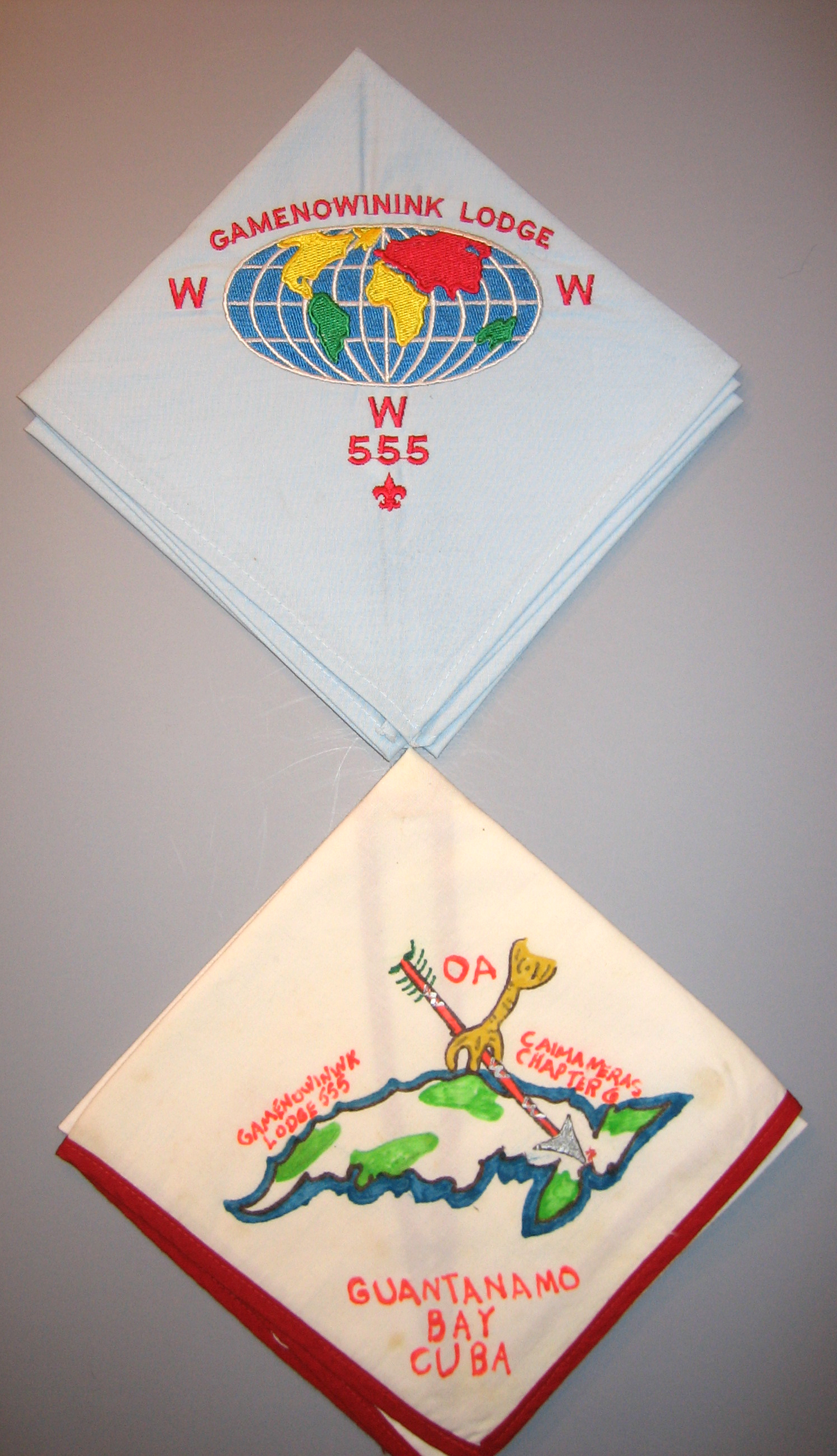 For the first thirty years of the Order, all lodges chartered were from BSA councils within the United States. The first lodge not located in a state was in a US Territory. Nanuk Lodge from Alaska Council chartered on March 20, 1947. In 1947 a single council served Scouts throughout the entire Territory of Alaska. The geographic area served by Nanuk Lodge was almost equal to the area of all of the other existing active lodges combined. Eventually the Alaska Council would split into three councils.
For the first thirty years of the Order, all lodges chartered were from BSA councils within the United States. The first lodge not located in a state was in a US Territory. Nanuk Lodge from Alaska Council chartered on March 20, 1947. In 1947 a single council served Scouts throughout the entire Territory of Alaska. The geographic area served by Nanuk Lodge was almost equal to the area of all of the other existing active lodges combined. Eventually the Alaska Council would split into three councils.
The first lodge to form in a foreign country was Chiriqui Lodge. In May 1948, Canal Zone Council received its charter. Scouts were initiated at Camp El Volcan.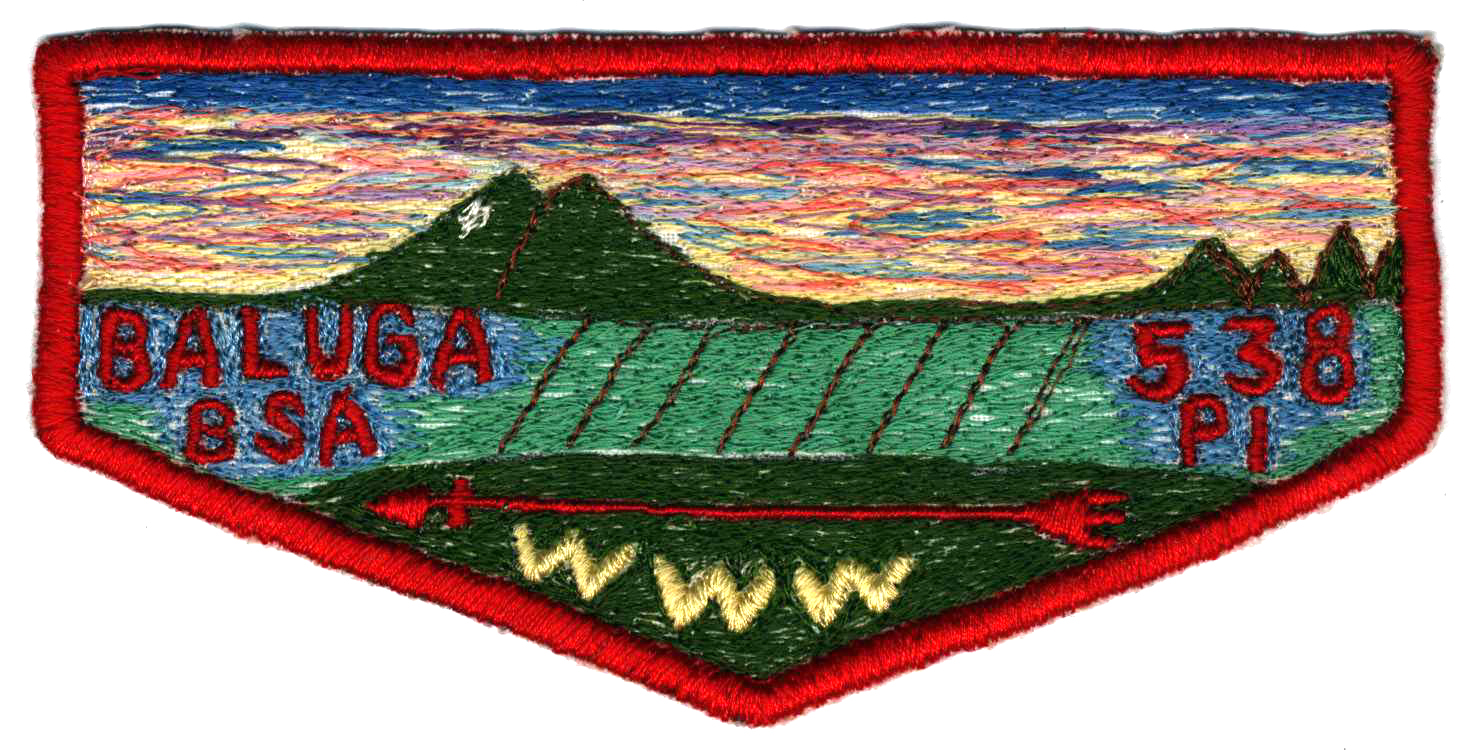
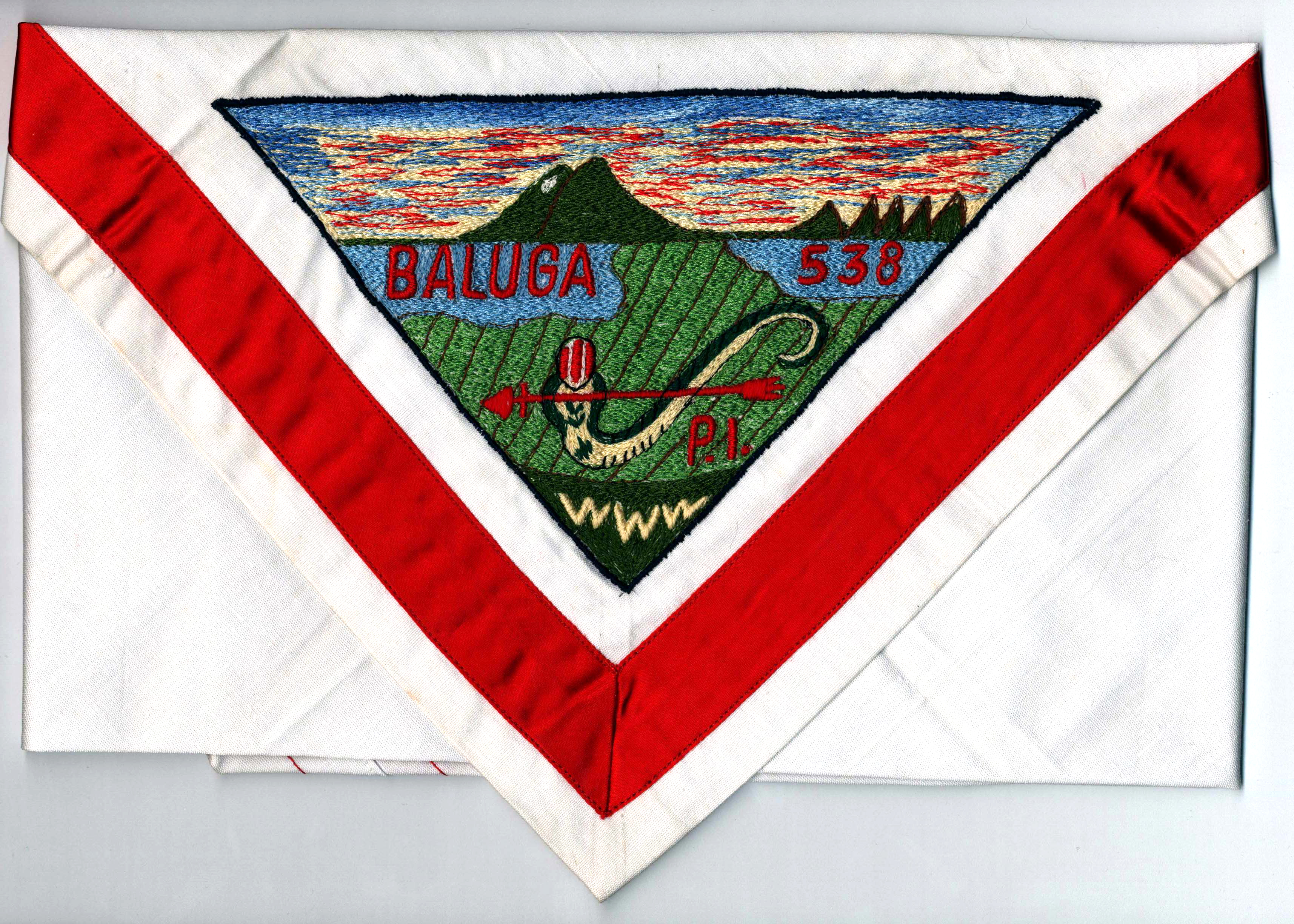
On January 18,1951 Cuauhtli Lodge chartered for the Scouts of Camp Aztec. Camp Aztec was a camp for the BSA in and around Mexico City, Mexico.
The Scouts on the Big Island of Hawaii, Territory of Hawaii chartered Kamehameha Lodge serving Camp Holomua and the Kilauea Council on March 30, 1951. Two other lodges formed on the Hawaiian Islands, both after statehood in 1959.
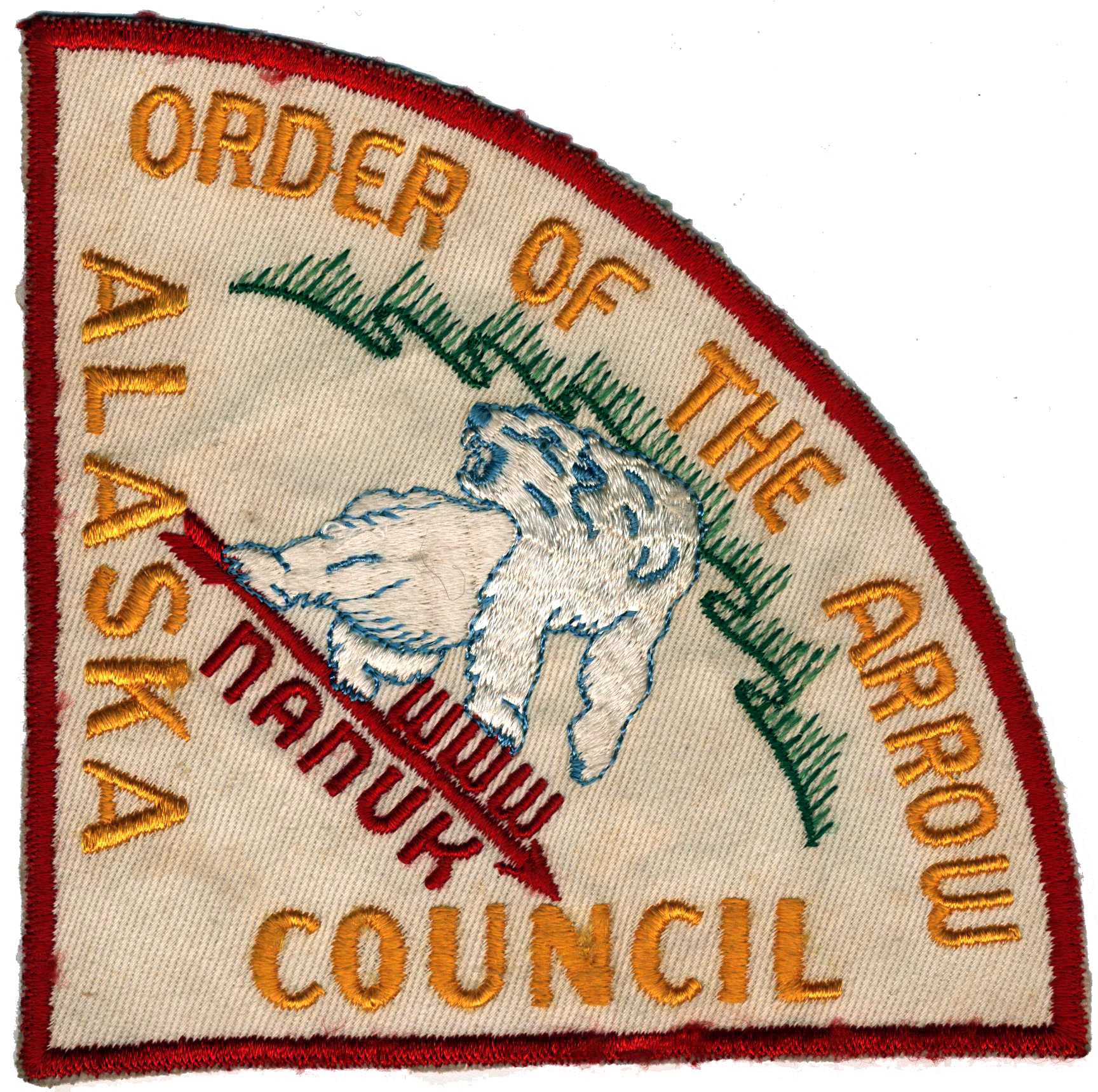 Black Eagle Lodge chartered on September 25, 1952 serving Transatlantic Council. Transatlantic Council served all of Europe and a few places beyond. Black Eagle Lodge fellowships have been likened to mini NOACs. That is because many of the lodge members were originally from other lodges and Arrowmen have learned to include the Black Eagle Fellowship as part of a summer Europe tour itinerary. A single fellowship could have Arrowmen connected to as many as 100 different lodges in attendance.
Black Eagle Lodge chartered on September 25, 1952 serving Transatlantic Council. Transatlantic Council served all of Europe and a few places beyond. Black Eagle Lodge fellowships have been likened to mini NOACs. That is because many of the lodge members were originally from other lodges and Arrowmen have learned to include the Black Eagle Fellowship as part of a summer Europe tour itinerary. A single fellowship could have Arrowmen connected to as many as 100 different lodges in attendance.
Hinode Goya Lodge chartered for Far East Council on August 2, 1953. The lodge served BSA members throughout Japan and other Far East countries.
Yokahu Lodge chartered on May 5, 1954 for BSA in Puerto Rico. The lodge started at Camp Guajataka.
On March 22, 1957 Kootz Lodge chartered serving Southeast Alaska Council. Southeast Alaska was one of three councils from the split of Alaska Council. A third Alaska lodge formed (Toontuk Lodge) after Alaska became a state in 1959.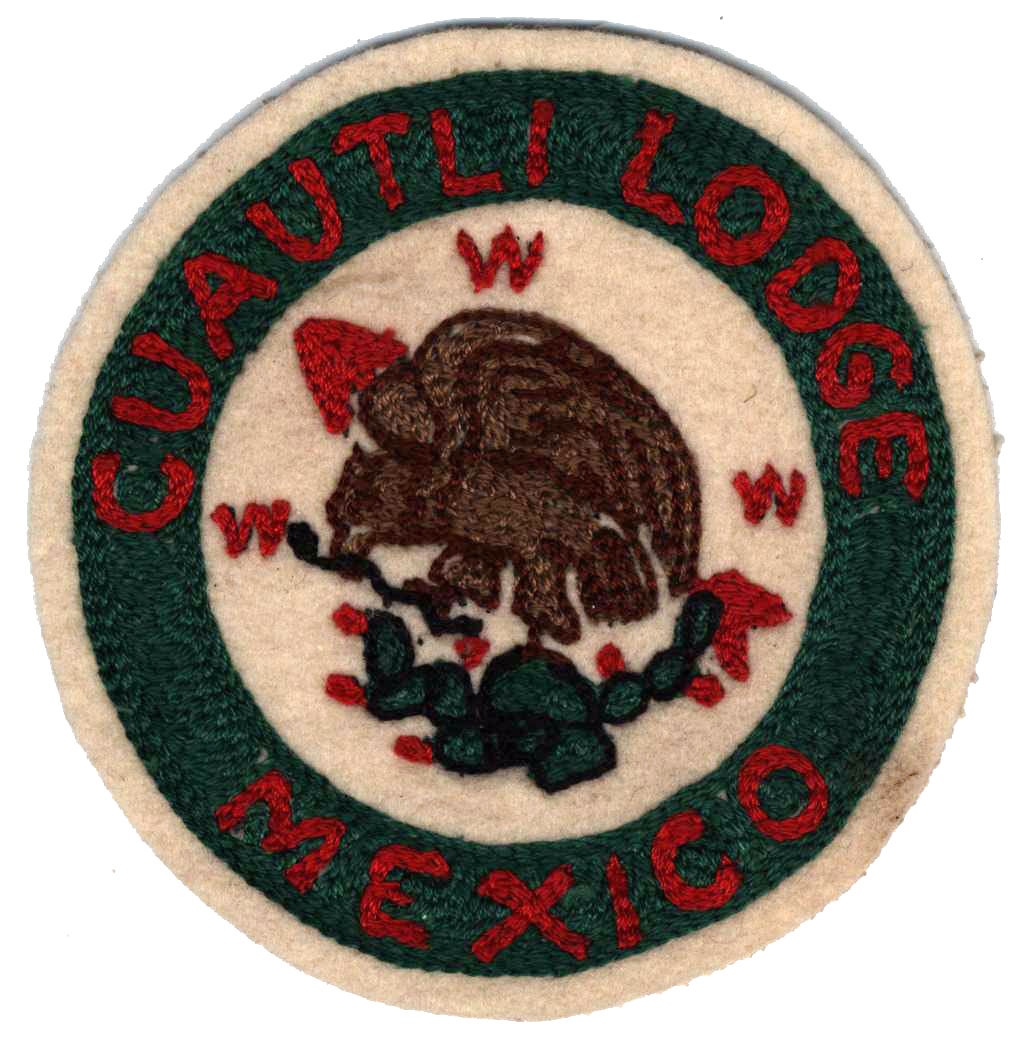
Baluga Lodge formed at Clark Air Force Base, Philippine Islands in May of 1959.The lodge is renowned for issuing a beautiful and rare flap patch and neckerchief. The embroidery was hand-loomed Asian embroidery and had a very different look from domestic badges. The lodge only existed for a few years. Baluga Lodge was absorbed by Hinode Goya Lodge and became a part of Far East Council.
Gamenowinink Lodge was charted by the Order on May 1, 1962. The lodge did not commence functioning until 1968. The lodge was technically headquartered at the National Office, which at the time was in North Brunswick, New Jersey. Gamenowinink was the lodge for Arrowmen in Direct Service Council. Direct Service Council is the BSA council for Scouts and Scouters located anywhere in the world not served by any other extra-territorial BSA Council.
In May 1969 Virgin Islands Council split off from Puerto Rico and formed its own lodge. Arawak Lodge was formed at Camp Great Pond.
The last lodge to form outside of the United States was Achsin Lodge. Achsin Lodge was chartered in 1968 for Chamorro Council and served Guam. Chamorro Council merged five years later into Aloha Council based in Honolulu, Hawaii.
In 1979 there was an attempt to form a lodge out of the Gamenowinink Lodge chapter for Direct Service Council Arrowmen in Iran. There were many BSA members based in Iran at that time and the 1979 World Jamboree was scheduled to be held there. A charter was set for approval and a number, 575, was assigned / requested. Even a flap patch was made. But Gondwanna Lodge never was launched.
3, OA, Profile, Scouting
 On May 1, 1962 Gamenowinink Lodge was chartered for BSA members in Direct Service Council. The lodge did not become functional until 1968. Direct Service Council was created for members of the BSA not served by local Scout Councils domestic or abroad. Generally these were Americans and their dependents stationed on military or diplomatic duty, but also included Americans abroad for business opportunities. Any group of five or more Arrowmen served by Direct Service Council could form a chapter. With the formation of Gamenowinink Lodge the O
On May 1, 1962 Gamenowinink Lodge was chartered for BSA members in Direct Service Council. The lodge did not become functional until 1968. Direct Service Council was created for members of the BSA not served by local Scout Councils domestic or abroad. Generally these were Americans and their dependents stationed on military or diplomatic duty, but also included Americans abroad for business opportunities. Any group of five or more Arrowmen served by Direct Service Council could form a chapter. With the formation of Gamenowinink Lodge the O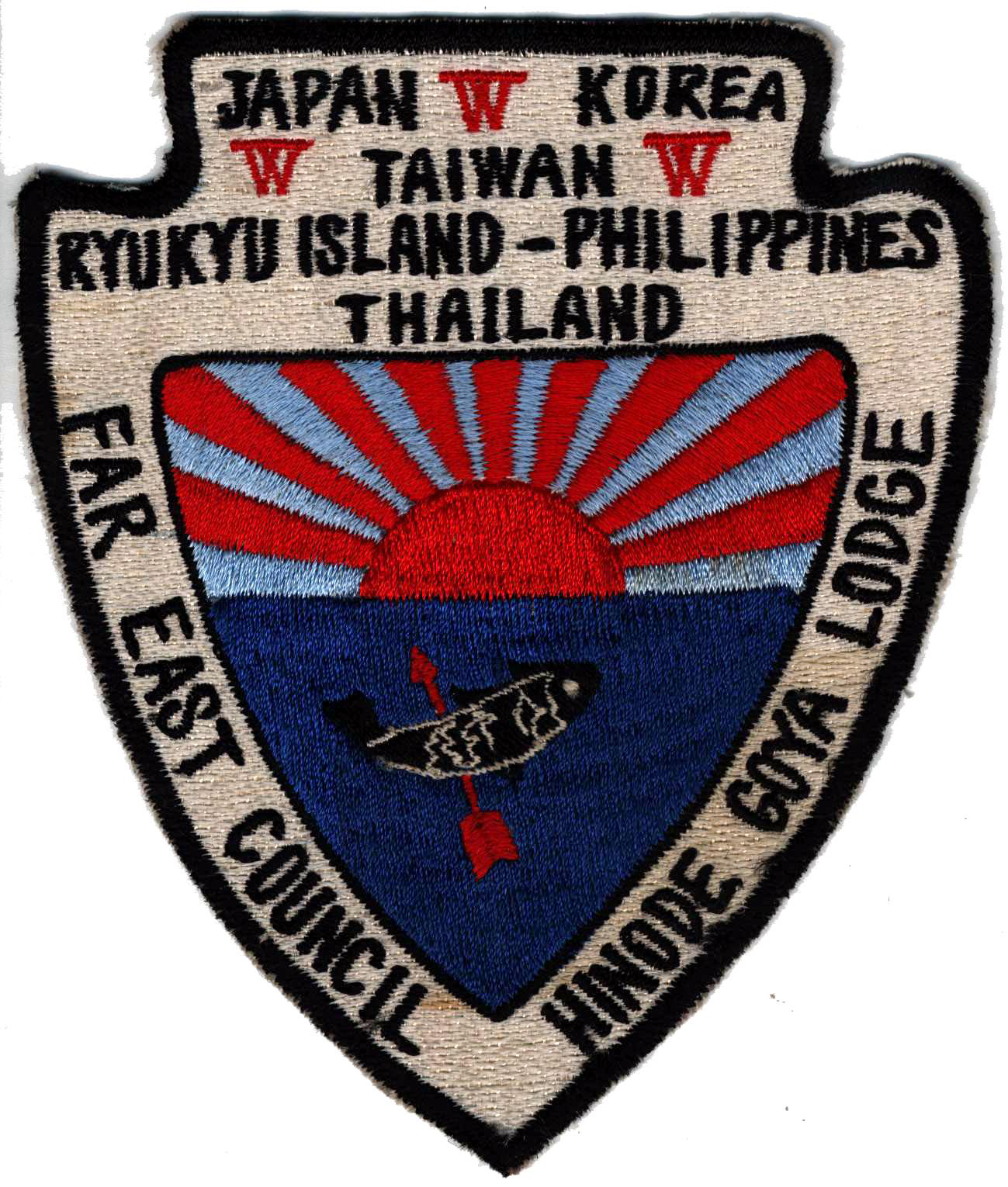
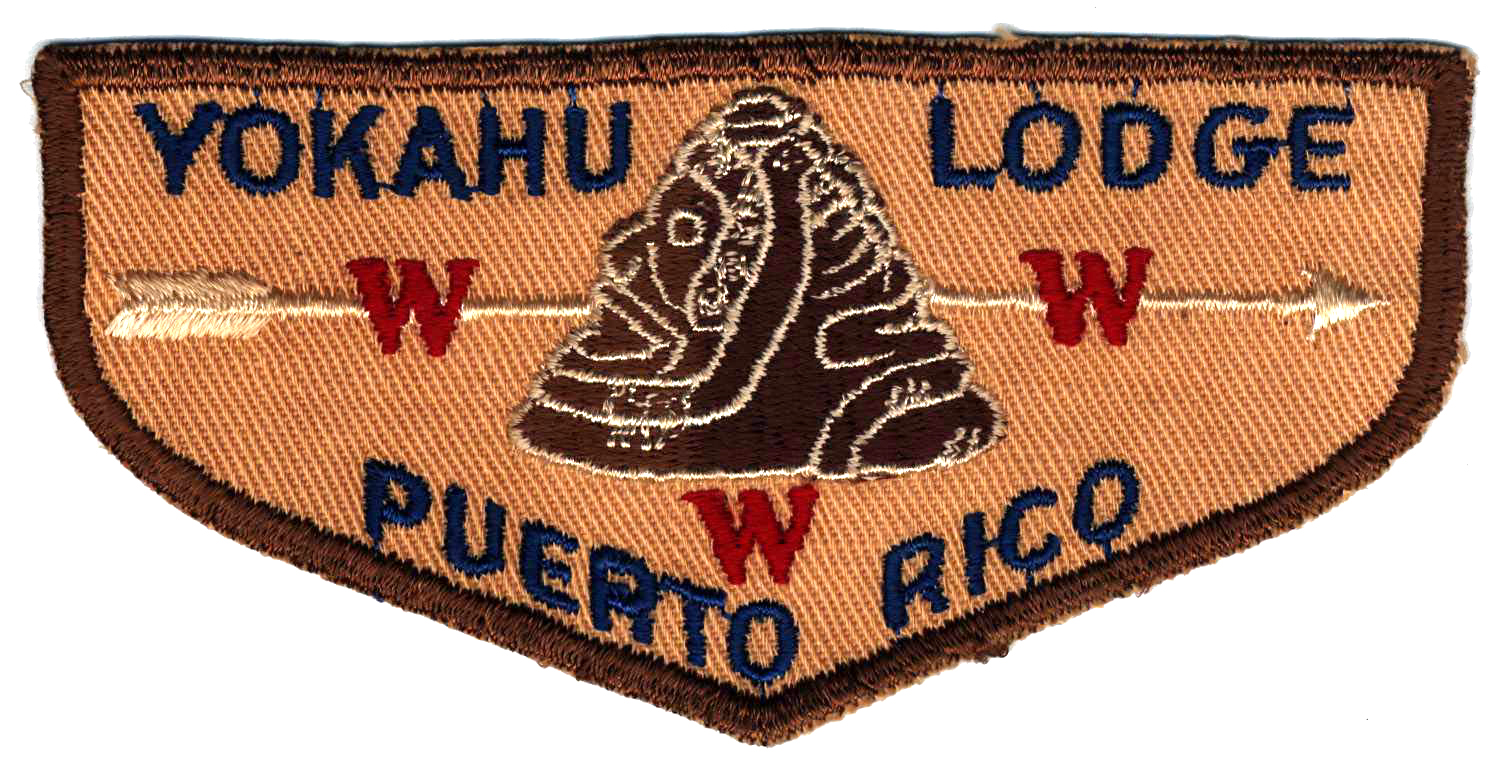
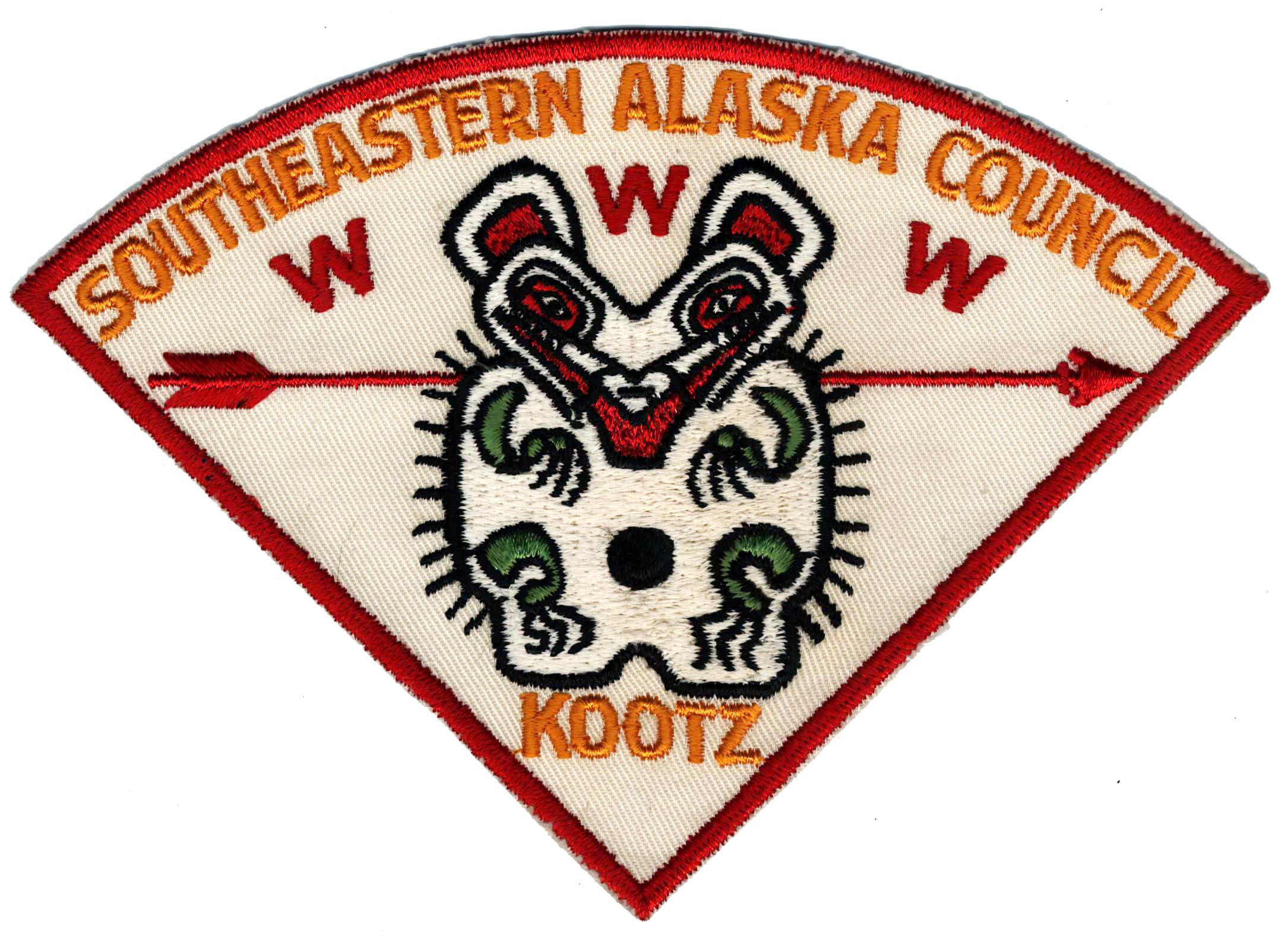 A was present throug
A was present throug hout the world.
hout the world. For the first thirty years of the Order, all lodges chartered were from BSA councils within the United States. The first lodge not located in a state was in a US Territory. Nanuk Lodge from Alaska Council chartered on March 20, 1947. In 1947 a single council served Scouts throughout the entire Territory of Alaska. The geographic area served by Nanuk Lodge was almost equal to the area of all of the other existing active lodges combined. Eventually the Alaska Council would split into three councils.
For the first thirty years of the Order, all lodges chartered were from BSA councils within the United States. The first lodge not located in a state was in a US Territory. Nanuk Lodge from Alaska Council chartered on March 20, 1947. In 1947 a single council served Scouts throughout the entire Territory of Alaska. The geographic area served by Nanuk Lodge was almost equal to the area of all of the other existing active lodges combined. Eventually the Alaska Council would split into three councils.
 Black Eagle Lodge chartered on September 25, 1952 serving Transatlantic Council. Transatlantic Council served all of Europe and a few places beyond. Black Eagle Lodge fellowships have been likened to mini
Black Eagle Lodge chartered on September 25, 1952 serving Transatlantic Council. Transatlantic Council served all of Europe and a few places beyond. Black Eagle Lodge fellowships have been likened to mini 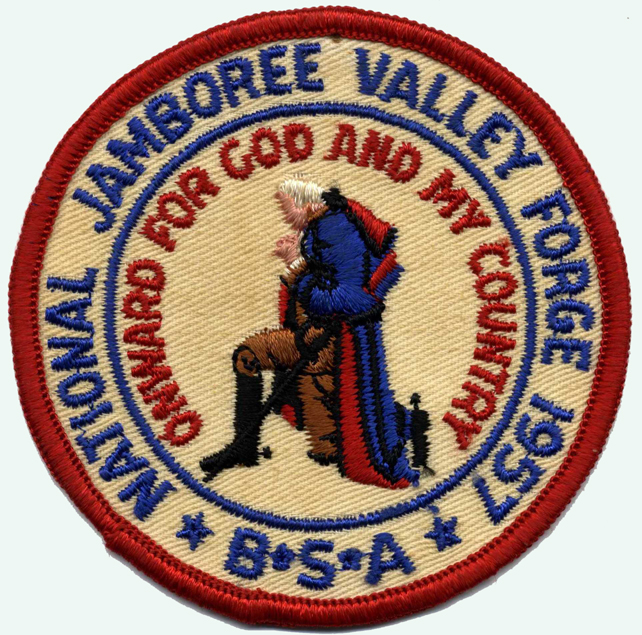
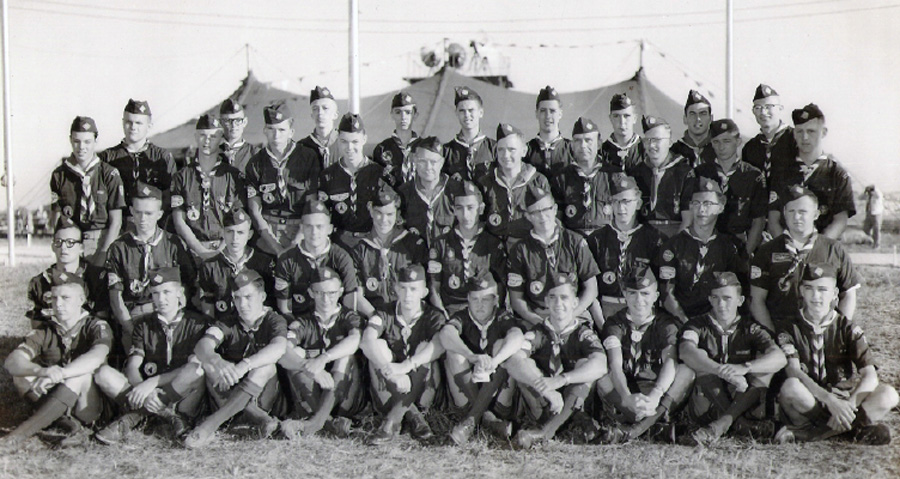 s provided as at the two previous Jamborees.
s provided as at the two previous Jamborees.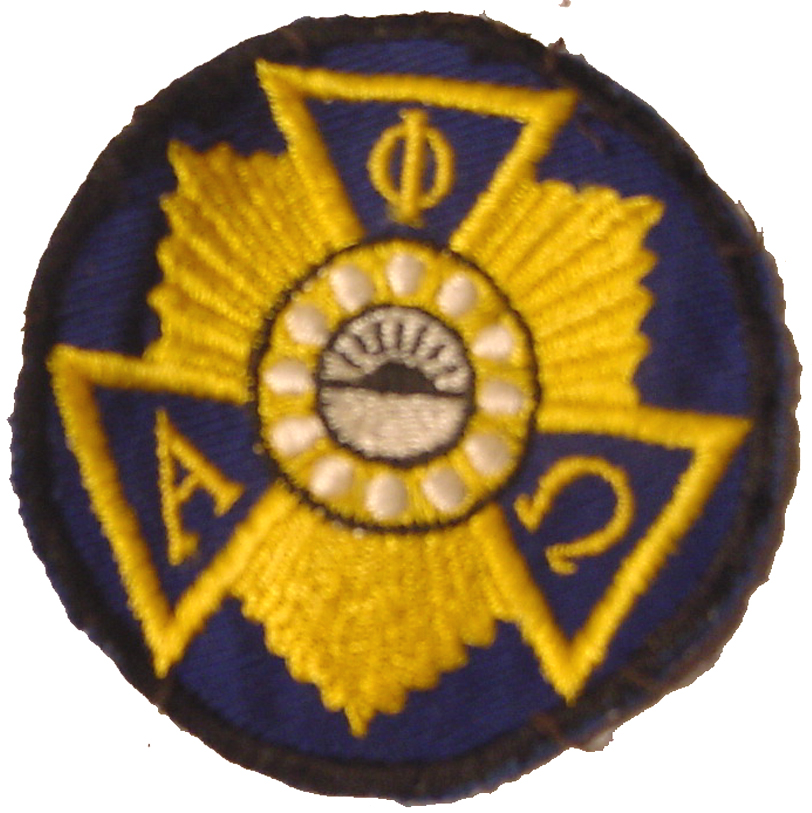 ojects wherever they were needed.
ojects wherever they were needed.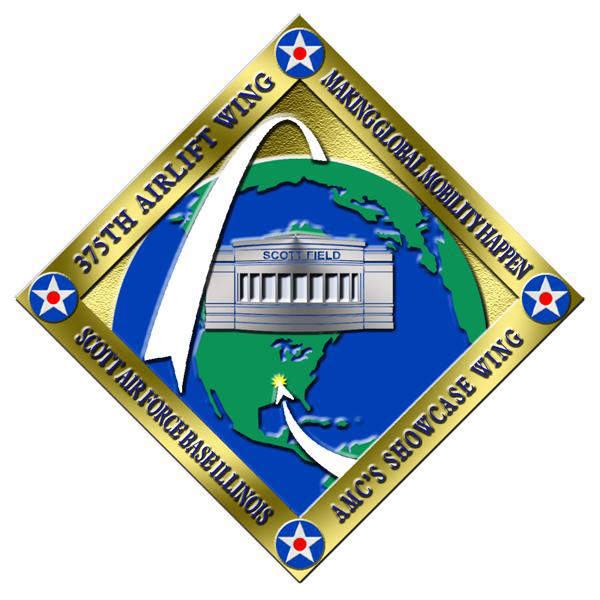 Because the scheduled site for the
Because the scheduled site for the 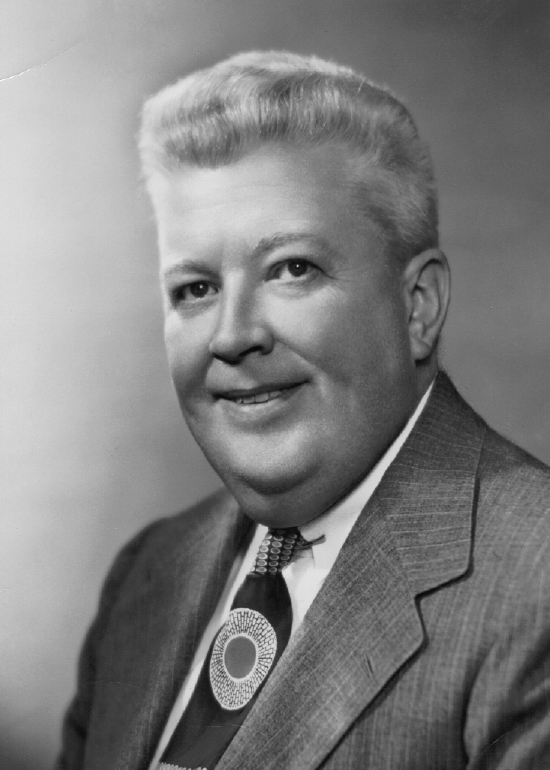 Nelson joined
Nelson joined 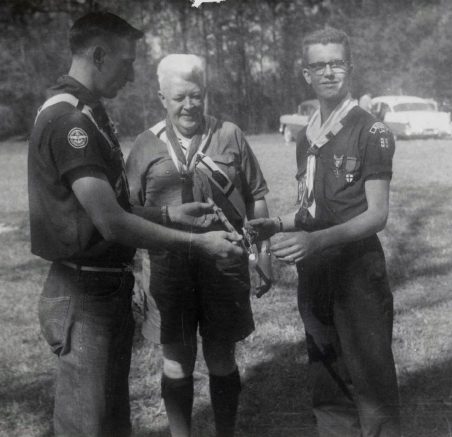 He was inducted into the OA in the teens and was at the very first
He was inducted into the OA in the teens and was at the very first 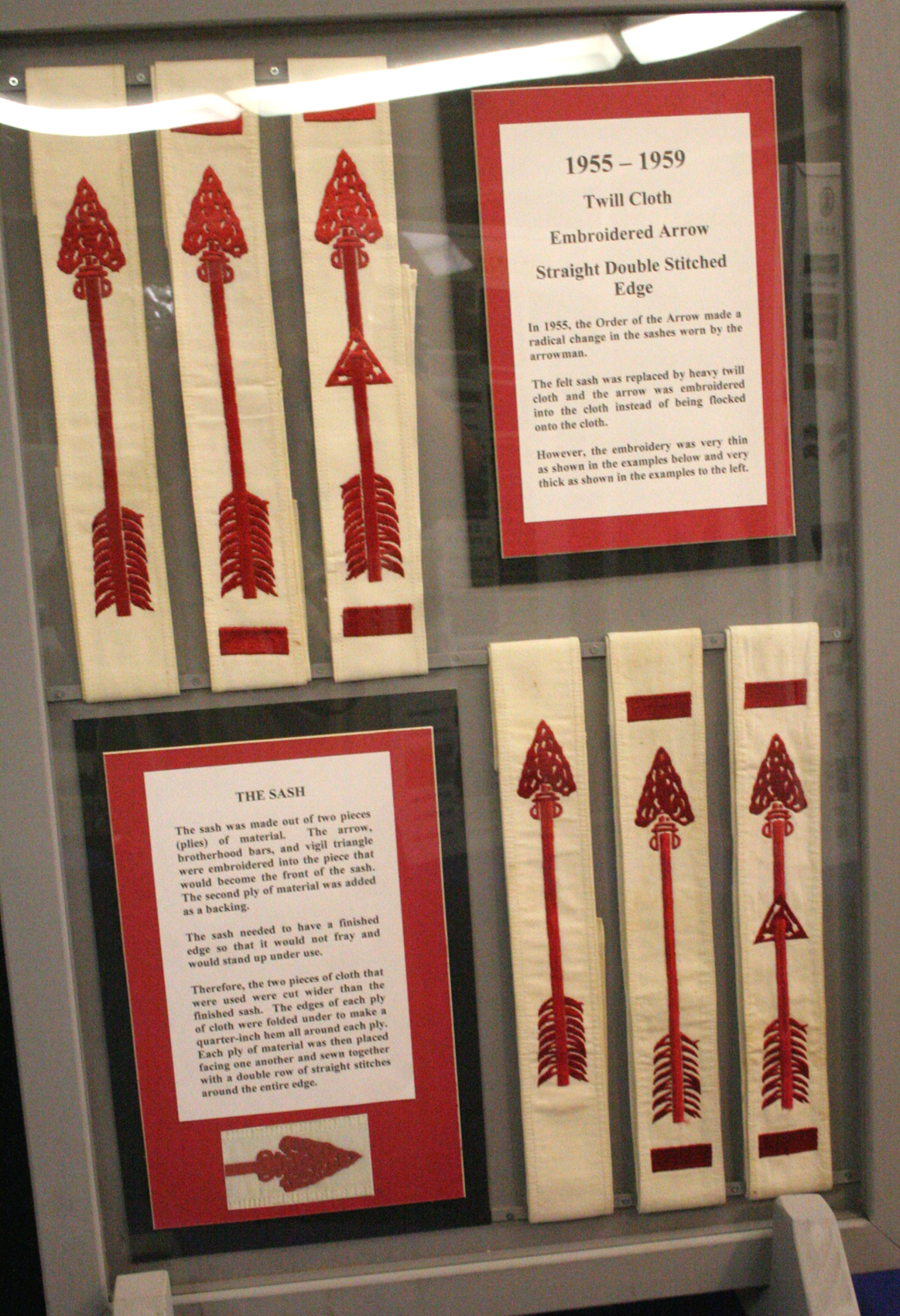 more uniformity in the sashes, arrows, and snaps. The sash material remained the wool-felt composition, but the arrows were silk-screened flocked onto the sash. The flocking of crushed felt used in the silk-screen process left a fuzzy textured arrow.
more uniformity in the sashes, arrows, and snaps. The sash material remained the wool-felt composition, but the arrows were silk-screened flocked onto the sash. The flocking of crushed felt used in the silk-screen process left a fuzzy textured arrow.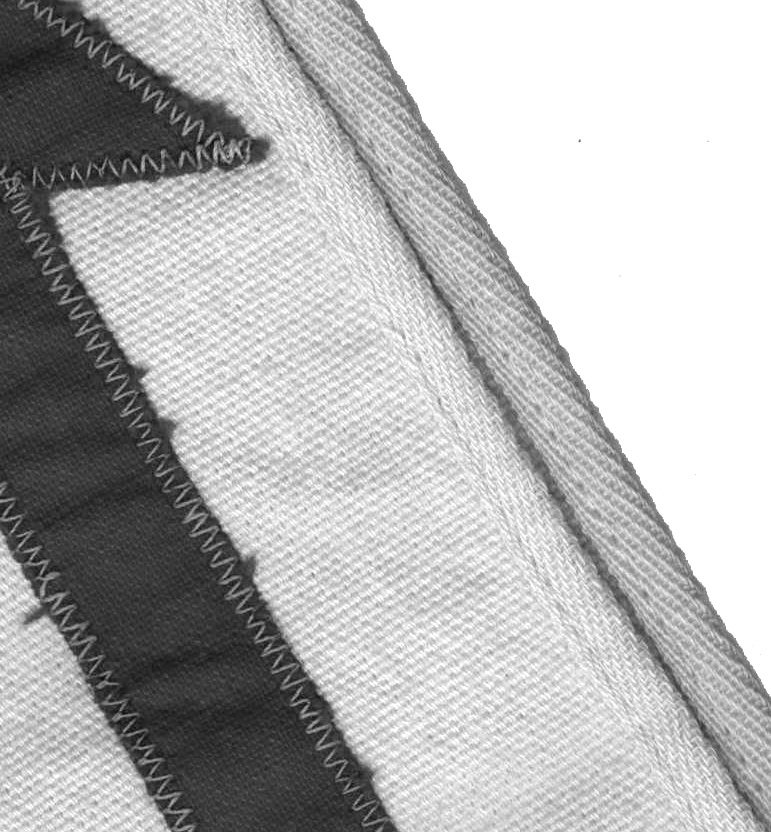 m the wool felt sash and the silk-screened arrow to a twill material sash with the arrow embroidered onto the twill material. The sash had two plies of material. The top ply had the arrow embroidered onto it and the bottom ply was a backing. The two plies were sewn together with a double tracking of thread that resembled a train track.
m the wool felt sash and the silk-screened arrow to a twill material sash with the arrow embroidered onto the twill material. The sash had two plies of material. The top ply had the arrow embroidered onto it and the bottom ply was a backing. The two plies were sewn together with a double tracking of thread that resembled a train track.